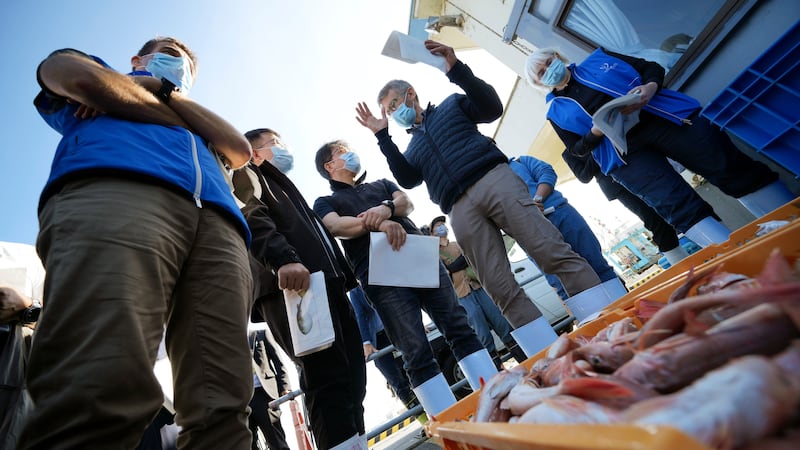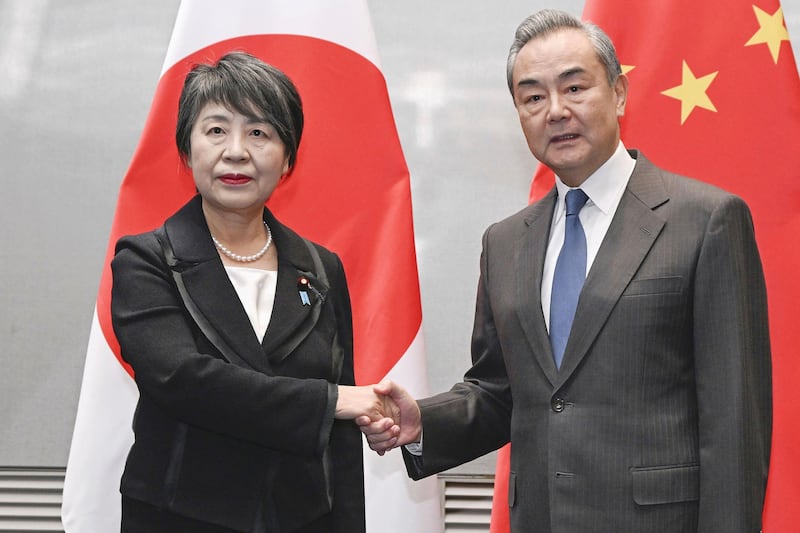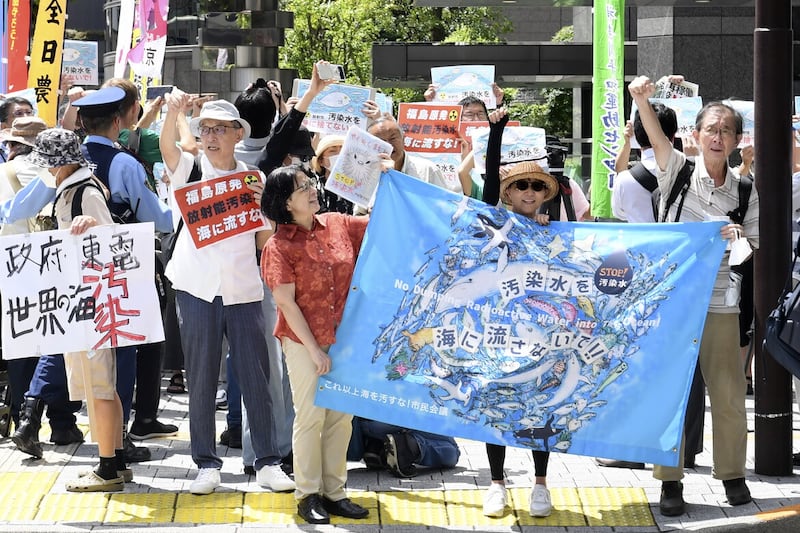A member of the International Atomic Energy Agency (IAEA) team visiting Fukushima for its first marine sampling since the Fukushima Daiichi nuclear power plant started releasing treated radioactive wastewater into the sea said he does not expect any rise in radiation levels in the fish caught in the regional seas.
The IAEA team watched flounder and other popular kinds of fish being caught off the coast earlier on Thursday and brought on boats to the Hisanohama port in southern Fukushima for an auction.
“I can say that we don’t expect to see any change starting in the fish,” said Paul McGinnity, an IAEA marine radiology scientist.
A small rise in the levels of tritium, which cannot be removed from the Fukushima Daiichi wastewater by the plant’s treatment system called ALPS, is possible in locations close to the discharge points, but the levels of radioactivity are expected to be similar to those measured before the discharge last year, he said.
Fukushima Daiichi started releasing wastewater into the sea on August 24.
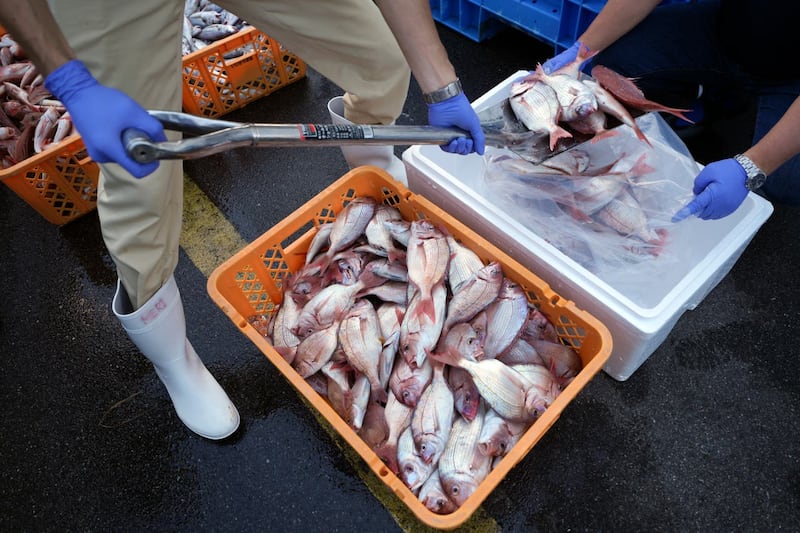
The release, which is expected to continue for decades, has been strongly opposed by fishing groups and neighbouring countries including South Korea, where hundreds of people have protested.
China immediately banned all imports of Japanese seafood the day the release began, badly hurting Japanese seafood producers, processors and exporters, and Russia recently joined China in the trade restrictions.
The IAEA has reviewed the safety of the wastewater release and concluded in July that if carried out as planned, it would have a negligible impact on the environment, marine life and human health.
During the October 16-23 visit, the IAEA team also inspected the collection and processing of seawater and marine sediment near the plant, which suffered triple meltdowns following the March 2011 earthquake and tsunami.
The IAEA’s visit is significant not only because it is the first since the discharge began but also since the IAEA will be able to see firsthand how the fish is sampled and packed, Mr McGinnity said.
This will help them better evaluate the results, not just from laboratory testing and data analysis, he said.
IAEA selected six species of fish — olive flounder, crimson sea bream, redwing searobin, Japanese jack mackerel, silver croaker and vermiculated puffer fish — because they are known to have higher levels of radioactivity than other species due to the areas they tend to move around in, Mr McGinnity said.
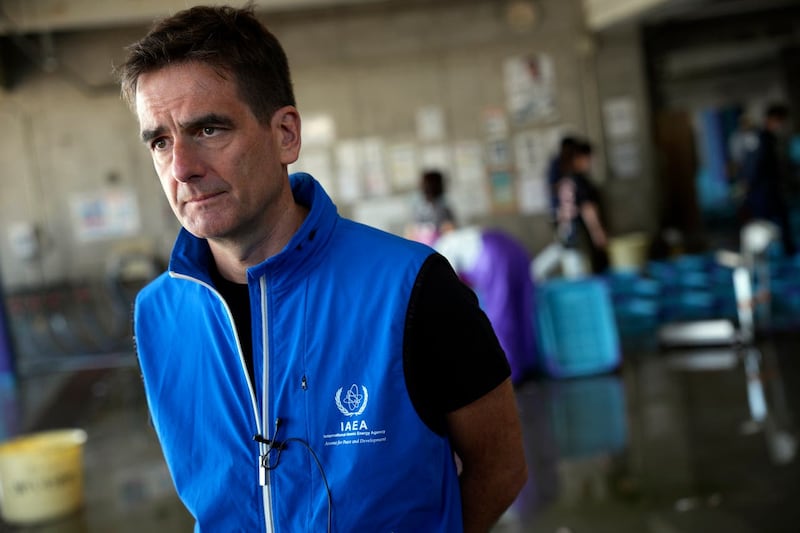
The Japanese government asked the IAEA to conduct the environmental and fish sampling to build confidence about the data that Japan provides amid skepticism in some IAEA member states, Mr McGinnity said without identifying which countries.
The sample collection team includes two staff from the IAEA Marine Environment Laboratories in Monaco, as well as experts from laboratories in China, South Korea and Canada.
The fish collected on Thursday were to be shipped to a Fisheries Agency laboratory in Chiba, near Tokyo, where the IAEA team will inspect them on Friday.
They will send identical samples to about a dozen participating laboratories, including in Japan, China, South Korea and Canada, for comparison and analysis of radioactivity and evaluation, the IAEA said.
The sampling work will be followed by a separate IAEA task force that will review the safety of the treated radioactive water.
Japan’s government has set up a relief fund to help find new markets and reduce the impact of China’s seafood ban.
Measures include the temporary purchase, freezing and storage of seafood and promotion of seafood sales at home.
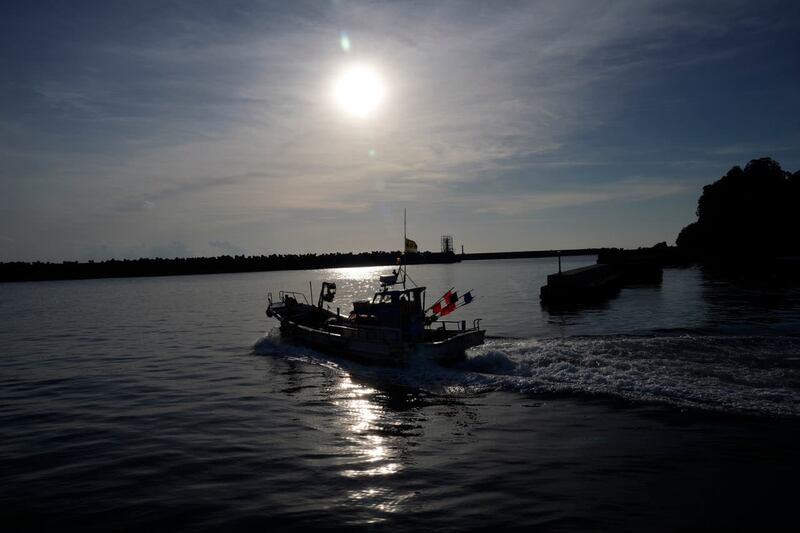
Tepco and the government say discharging the water into the sea is unavoidable because the tanks will reach their capacity next year and space at the plant will be needed for its decommissioning, which is expected to take decades, if it is achievable at all.
They say the water is treated to reduce radioactive materials to safe levels, and then is diluted with seawater by hundreds of times to make it much safer than international standards.
Some experts say such long-term release of low-dose radioactivity is unprecedented and requires close monitoring.
